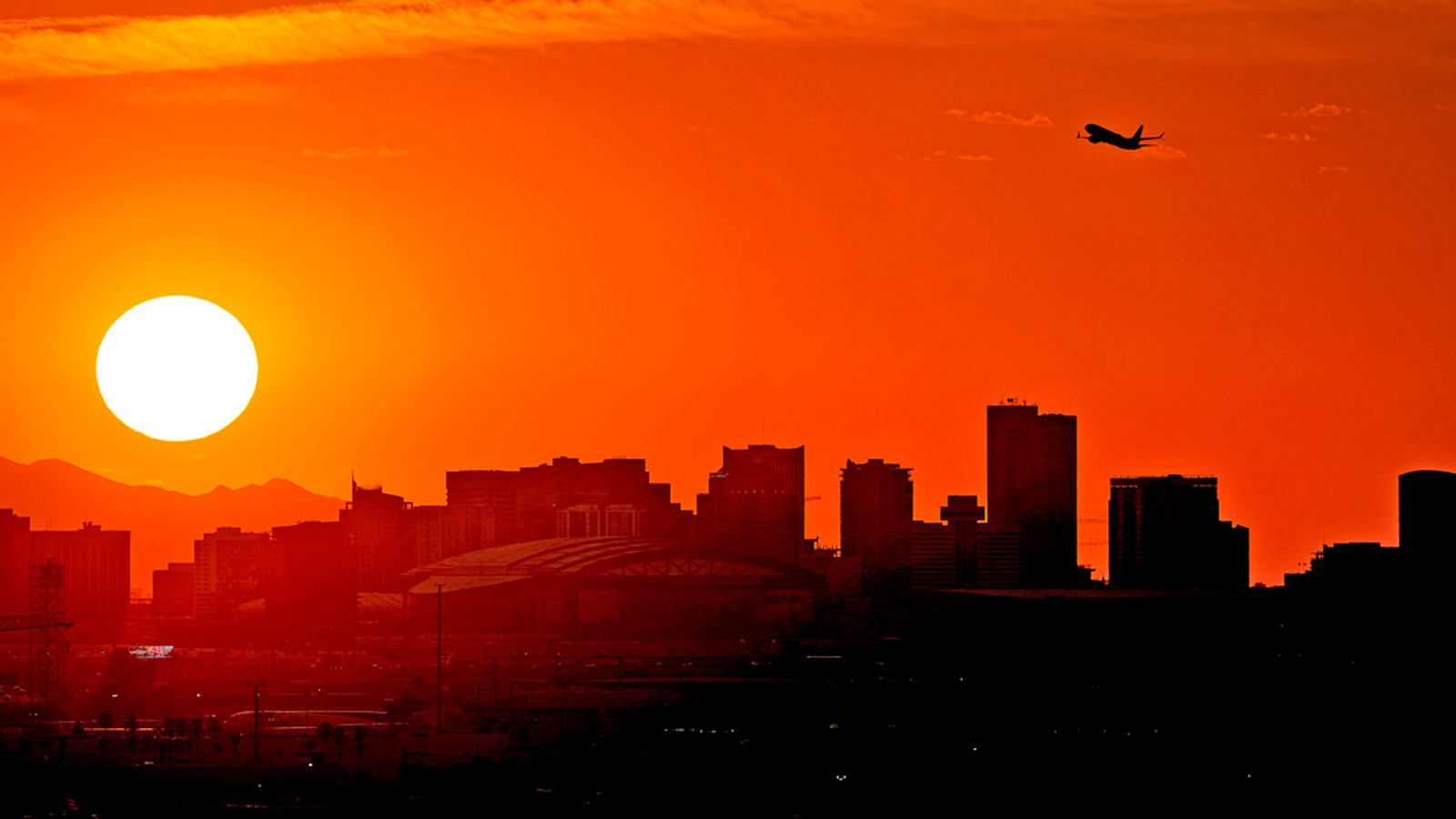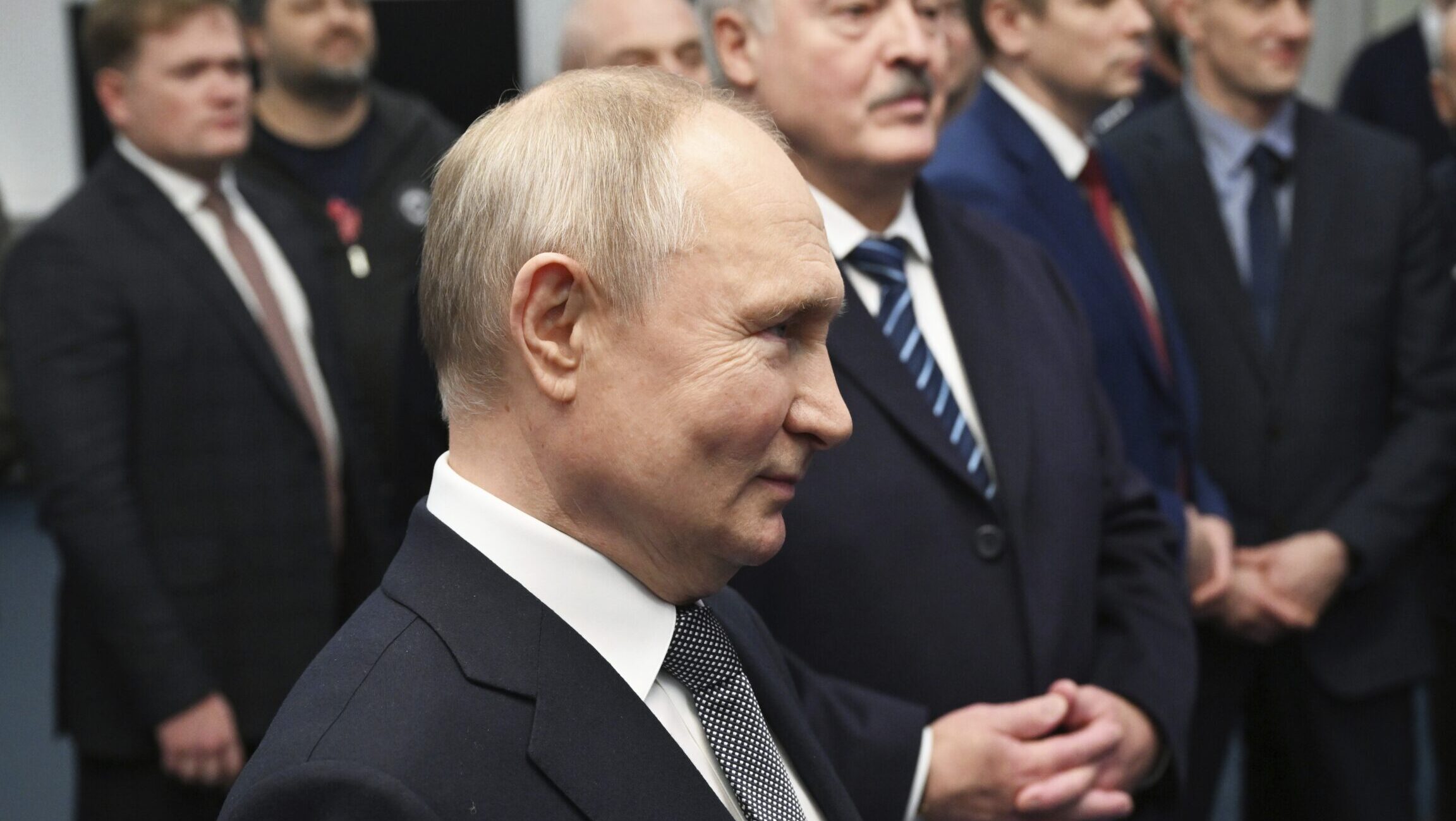AP Enterprise: Nuke evacuation fatal for old, sick
Mar 10, 2012, 11:58 AM
Associated Press
MINAMI-SOMA, Japan (AP) – The doctors and nurses at Futaba Hospital pleaded for help as a radioactive plume wafted over their hospital. They had been ordered out but had no vehicles to evacuate the hundreds of patients in their care. After two days of waiting in the cold with no electricity, help finally came.
Nearly two dozen patients died in the chaotic, daylong odyssey that followed.
Japan’s government says only one person, an overworked employee at the Fukushima Dai-ichi nuclear power plant, died as a result of the worst nuclear disaster since Chernobyl. But one year later, details from a new report and interviews with local authorities show many more perished because of bad planning and miscommunication between government agencies.
In fact, if the calamities that unfolded on March 11, 2011, were to be repeated today, hundreds of thousands of lives would still be at risk, according to mayors, hospital administrators and disaster response officials interviewed by The Associated Press. They say little has been done to fix systemic planning shortfalls and communication problems between government agencies that compounded that day’s horrors.
“We have set a terrible precedent for the rest of the nation and for any town in the world where nuclear plants are located,” said Katsutaka Idokawa, the mayor of Futaba, one of two towns straddled by the devastated Fukushima facility. “I see this disaster as a meltdown of Japan itself.”
Akinori Kahata, a nuclear disaster management official at Japan’s Nuclear and Industrial Safety Agency, said the government was reviewing its contingency plans _ extending the regulations to cover up to 18 miles (30 kilometers) from a nuclear plant _ because of the problems with the Fukushima evacuation, particularly with hospitalized and handicapped people.
But officials in several towns around Japan where nuclear plants are located told the AP that they are not confident their emergency plans would work any better than Fukushima’s. They say it could take months and require a complete re-examination of how to approach evacuations for significant improvements to be made.
The breakdown in Japan’s crisis response was most striking in the evacuation of Fukushima’s sick and elderly.
According to a 400-page report released last month by the Independent Fact-Finding Committee on the Fukushima Nuclear Accident _ a panel of scholars, lawyers and industry experts _ 784 patients were evacuated from six Fukushima hospitals within the 12-mile (20-kilometer) no-go area. Of 435 at Futaba Hospital and a related senior care center, 21 died either in buses en route to evacuation centers, or in the centers themselves, before they could be admitted to another medical facility.
Jin Ishida’s grandfather was one of them.
Ishida, who is in charge of crisis management in Okuma, which is adjacent to Futaba and also hosts part of the Fukushima nuclear plant, said the disaster overwhelmed local authorities.
“It was complete chaos,” he said. “We were not prepared. We had no protection, no protective gear, no experts. Our communication lines were disrupted, our phone lines were clogged by a flood of incoming calls. We didn’t have contingency plans for hospitals _ even the firefighters didn’t have a plan.”
On March 12, Ishida scrambled to arrange for buses to evacuate patients from Futaba Hospital and its nursing care unit. He managed to get several and went outside the town hall to make sure they arrived. About 200 patients were moved. But as the situation deteriorated the next day, drivers and transportation company workers fled or refused to come to Okuma because of radiation fears.
The buses arrived on March 14. Ishida’s 96-year-old grandfather was among the second batch of patients to leave. He did not survive the journey.
In Minami-Soma, a city farther away but partially in the no-go zone, 96 residents at a nursing home were evacuated in a similar manner on March 19 as they ran out of medicine and faced starvation, according to the home’s director, Masahiro Sakashita. One of them also died on the bus, and two others fell seriously ill.
“We knew there would be risks, but we were left with no choice,” Sakashita told the AP. “There is no doubt in my mind that if there had been better planning in advance by the city, this person would not have died. The same is true for the people who died while being evacuated from Futaba. Their deaths were a direct result of the nuclear accident.”
He said that 26 of the residents from his facility had died by the end of the year, twice as many as most years.
The government does not dispute that the evacuations may have caused deaths, but has not included them in its official death tolls. Doing so would open the door for compensation claims, which the power company that runs the plant is “open to consider,” according to company spokesman Osamu Yokokura. He could not confirm if any such claims have been made yet.
Officials in several Fukushima-area towns, including Minami-Soma, told the AP that they had no nuclear evacuation plans before the disaster, because Japanese regulations only require towns within 6 miles (10 kilometers) of a nuclear plant to make them. A 12-mile (20-kilometer) evacuation, involving nearly 80,000 people, was imposed on Fukushima.
Tokyo’s failure to update local leaders and health officials on the situation at the plant further heightened their sense of isolation.
“The government repeatedly issued evacuation advisories and then changed them,” said Dr. Akira Isaka, a surgeon who heads the Futaba District Medical Association. “Administrators had to find out through the media what was going on. This posed a huge problem for hospitals, which had to make plans on the spot and then completely change them as the zone widened.”
Japan’s government has acknowledged that coordination between national and local officials and plant operator TEPCO was severely flawed. It put the onus for establishing detailed evacuation, transportation and supply storage plans on local governments but also criticized Tokyo for not giving them the backup they need.
These measures “should not be left up to the local municipal governments, but need in addition to involve the active participation of the prefectural and national governments,” its Cabinet-appointed committee concluded in an interim report issued in December.
But that would require fundamental changes that are not, as yet, being implemented.
Roughly one-quarter of the primary-response hospitals for nuclear emergencies in the 13 prefectures (states) in Japan that host commercial nuclear power plants are within 6 miles (10 kilometers) of a reactor. That rises to 41 percent within a 12-mile (20-kilometer) radius. Because hospitals outside the 6-mile (10-kilometer) range had not previously been considered to be in danger of an evacuation, few have even a rudimentary contingency plan.
Isaka, who now runs a clinic for evacuees living in temporary shelters, said every community near a nuclear plant should have at least one hospital built like a fallout shelter, with power generators and ample supplies, so that doctors can take care of the ill until it is safe to evacuate. He said he and other doctors have pushed for this for years, but to no avail.
“Right now, I don’t think any community is safe,” he said.
In the meantime, all but two of Japan’s 54 reactors are offline. The last one could shut down by May, and with the public’s trust of the nuclear industry shattered by the Fukushima disaster, the schedule for restarting them is unclear. Before the tsunami, Japan relied on nuclear power for one-third of its electricity.
Minoru Takahata, a disaster management official in Omaezaki City, home to the Hamaoka nuclear power plant south of Tokyo, said the government’s handling of the Fukushima crisis was “obviously poor.” Hospitals have been instructed to re-examine their evacuation plans, and he said that they are doing so without help from Tokyo.
“We now know that we cannot wait around until the (central) government does something for us,” he said.
___
Yamaguchi reported from Tokyo.
(Copyright 2012 The Associated Press. All rights reserved. This material may not be published, broadcast, rewritten or redistributed.)









